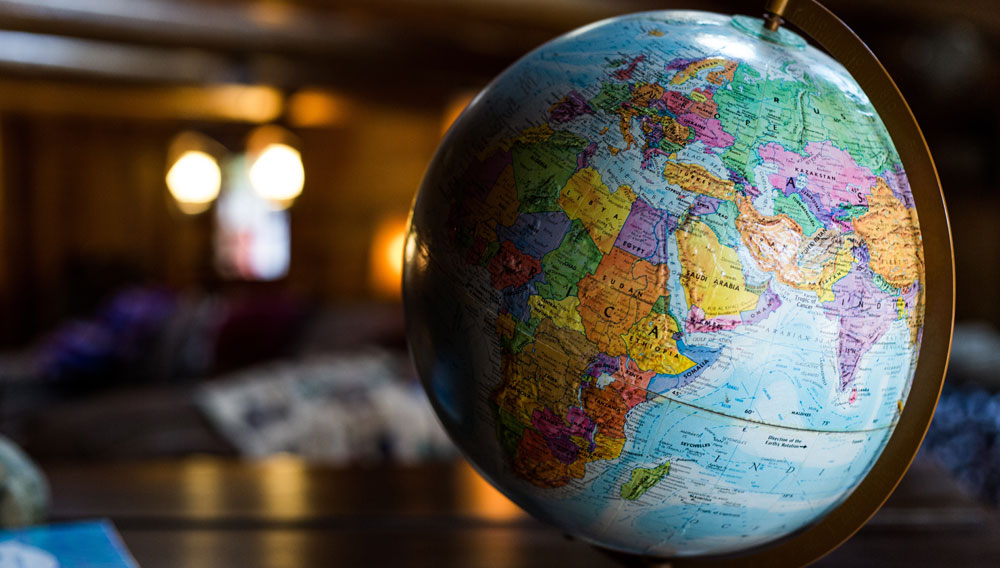AB-InBev and distribution: it’s all chop and change
The question has been simmering for months: Will AB-InBev try to cut down its network of U.S. beer distributors as it prowls for cost savings and extra revenues?
At present, Anheuser-Busch (A-B), AB-InBev’s subsidiary, does business with about 600 independent wholesalers in the U.S. They are a powerful group, licensed to print money.
When AB-InBev’s executives in the presence of an analyst thought loudly about eventually selling half of A-B’s beer in the U.S. directly to retailers, hell broke lose – kind of.
That’s a "shocking revelation," wrote Harry Schuhmacher, editor of Beer Business Daily. "Holy cow ... This is a serious change of policy."
But shortly after the news hit the news wire, AB-InBev responded, announcing that there was no change in its U.S. strategy.
Still, distributors were not convinced. Many of them are third-generation family businesses, protected by the U.S. “three tier system”, which, on a state-by-state basis, heavily regulates beer production, distribution and retailing.
Shaking up A-B’s nationwide wholesaler system by pushing for consolidation or setting up more brewery-owned distributors would be fraught with complications. Some states do not allow a drop of beer outside the three-tier system of brewery, wholesaler and retailer.
Nonetheless, analysts have speculated for some time that AB-InBev will wring cost savings out of its wholesalers by encouraging the least efficient to sell out. The potential savings from consolidating A-B’s fragmented network of wholesalers would be alluring, analysts say. The potential savings could be in the hundreds of millions of dollars.
Consolidating small beer distributors into larger ones has been going on for several decades. A-B’s network has shed hundreds of distributors in that time span, but in some markets it is still much more fragmented than that of its rival MillerCoors. For example, in the state of Indiana, A-B works with 20 distributors, while MillerCoors works with two. In Florida, A-B has 26 distributors; MillerCoors has six.
InBev’s history shows it is not averse to challenging wholesalers. An example is Brazilian brewer AmBev, which merged with Interbrew of Belgium to form InBev in 2004. Between the years 2000 and 2008, AmBev moved from 700 independent distributors in Brazil to 192, it was reported.
The threat of bypassing wholesalers entirely in some markets could be a powerful lever if A-B InBev pushes its distributors to merge and become more efficient.
That’s why distributors took note when A-B announced it would buy the remaining 70 percent in City Beverage, a Chicago wholesaler, it did not own already. The distributor wanted to sell its remaining stake.
The move was thwarted by the Illinois Liquor Control Commission in March this year. The commission argued that A-B is a “nonresident dealer” of alcoholic beverages and the Liquor Control Act does not specifically allow a nonresident dealer to be a distributor in Illinois.
Mr Brito was quick to point out at a press conference on 27 April 2010 that A-B’s bid for City Beverage wasn’t part of a larger strategy to take over U.S. distributors. "That was a very localized thing," Mr Brito said.
But what are we to make of A-B’s decision to sue Illinois regulators? A-B filed a lawsuit in a federal court in Chicago against the Illinois Liquor Control Commission.
Seems like the battle ain’t over yet.


